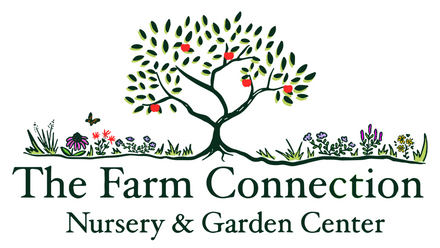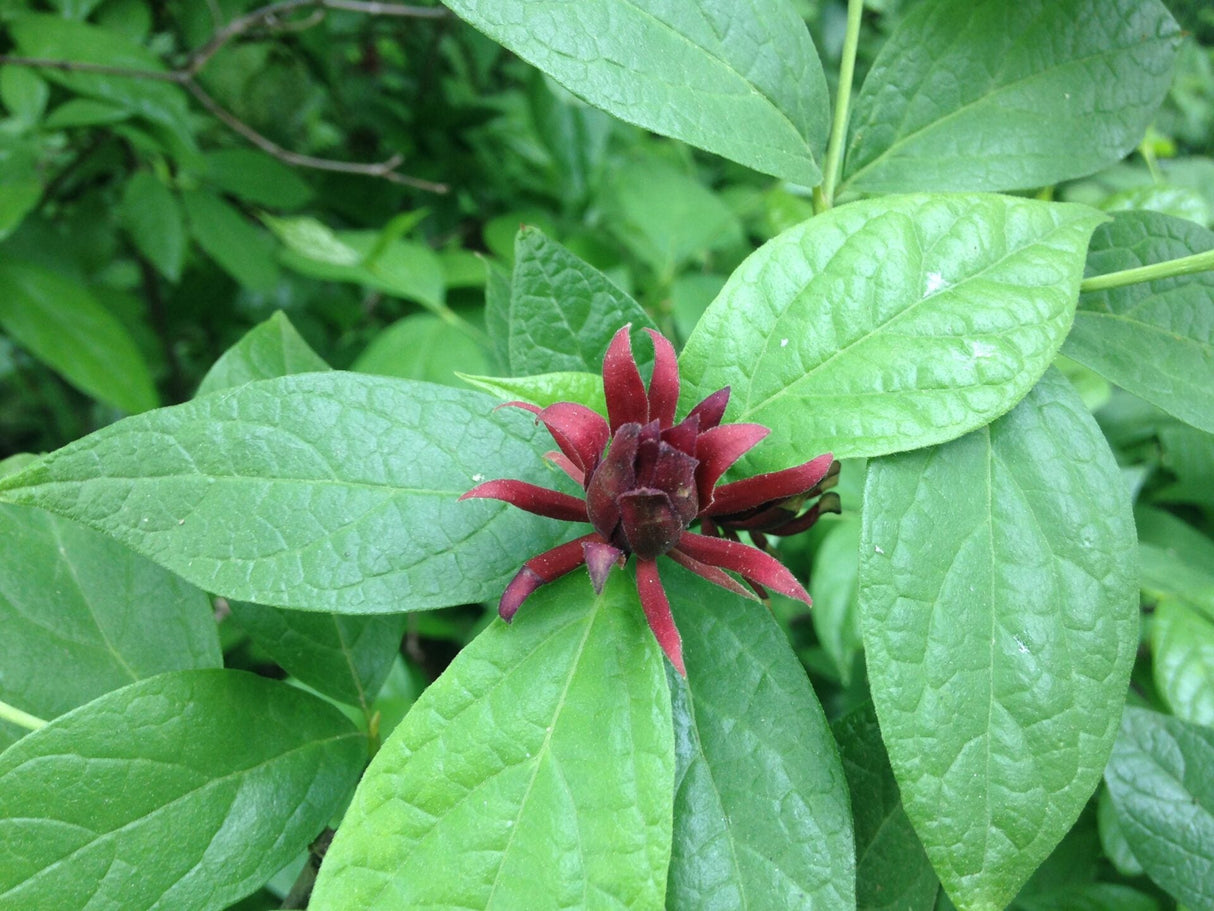Sweetshrub, Bare Root
Fragrant Blooms & Wildlife Shelter
Sweetshrub, Bare Root - Bare Root / 2-3' is backordered and will ship as soon as it is back in stock.
Couldn't load pickup availability
Delivery and Shipping
Delivery and Shipping
Make sure to thoroughly review our entire "Shipping, Returns, Refunds, and Our Guarantee" page for all relevant details about ordering from our store.
Making a purchase from our store constitutes an agreement to all the conditions outlined in those policies.
We appreciate your support and look forward to being your favorite plant provider!
Subscribe to our newsletter
Sign up for exclusive offers.
Eastern Sweetshrub (Calycanthus floridus)
Eastern Sweetshrub is a fragrant, native deciduous shrub that produces maroon-red flowers with a spicy, fruity scent in late spring. It thrives in part shade and moist soils and is prized for its lush foliage, unusual blooms, and adaptability. A wonderful addition to native gardens, rain gardens, and understory layers.
Key Characteristics
- Fragrant, dark red flowers – Unusual blooms smell like strawberries, bananas, or cloves depending on the plant — a conversation piece!
- Deer resistant and resilient – Rarely browsed, and tolerates clay soils, wet sites, and drought once established.
- Supports native insects – Flowers attract beetles and other early pollinators.
- Great for rain gardens or shade borders – Thrives in part shade and moist conditions; adds volume to layered designs.
- Multi-season ornamental appeal – Glossy green leaves turn golden in fall; seedpods persist into winter.
Product Details
- Native Range: Southeastern U.S.
- Plant Life Cycle: Deciduous shrub
- Sun Requirements: Part sun to part shade
- Soil Requirements: Medium to moist
- Mature Height: 6–9 ft
- Bloom Time: May–June
- Bloom Color: Maroon-red
- USDA Hardiness Zones: 4–9
Eastern Sweetshrub brings fragrance, beauty, and habitat to shaded gardens and native landscapes — a true sensory delight.
-
Sun RequirementsFull Sun, Part Sun/Shade
-
Soil RequirementsMedium, Medium-Wet
-
Bloom ColorBrown
-
Bloom TimeApril, May, June
-
USDA Hardiness ZonesZone 5, Zone 6, Zone 7, Zone 8, Zone 9+
-
Native StatesNorth Carolina, South Carolina, Georgia, Florida, Alabama, Mississippi, Tennessee, Virginia
Payment & Security
Payment methods
Your payment information is processed securely. We do not store credit card details nor have access to your credit card information.




